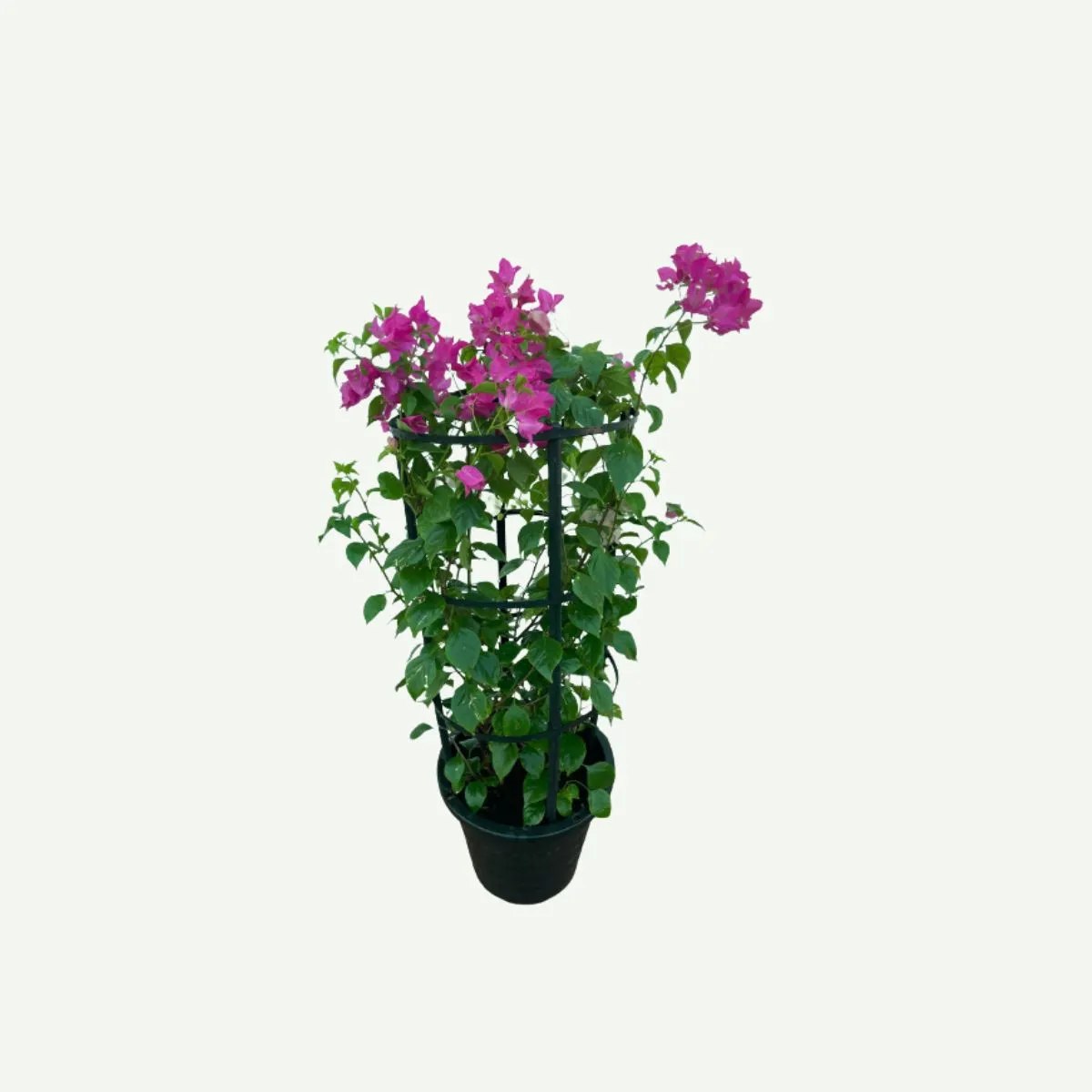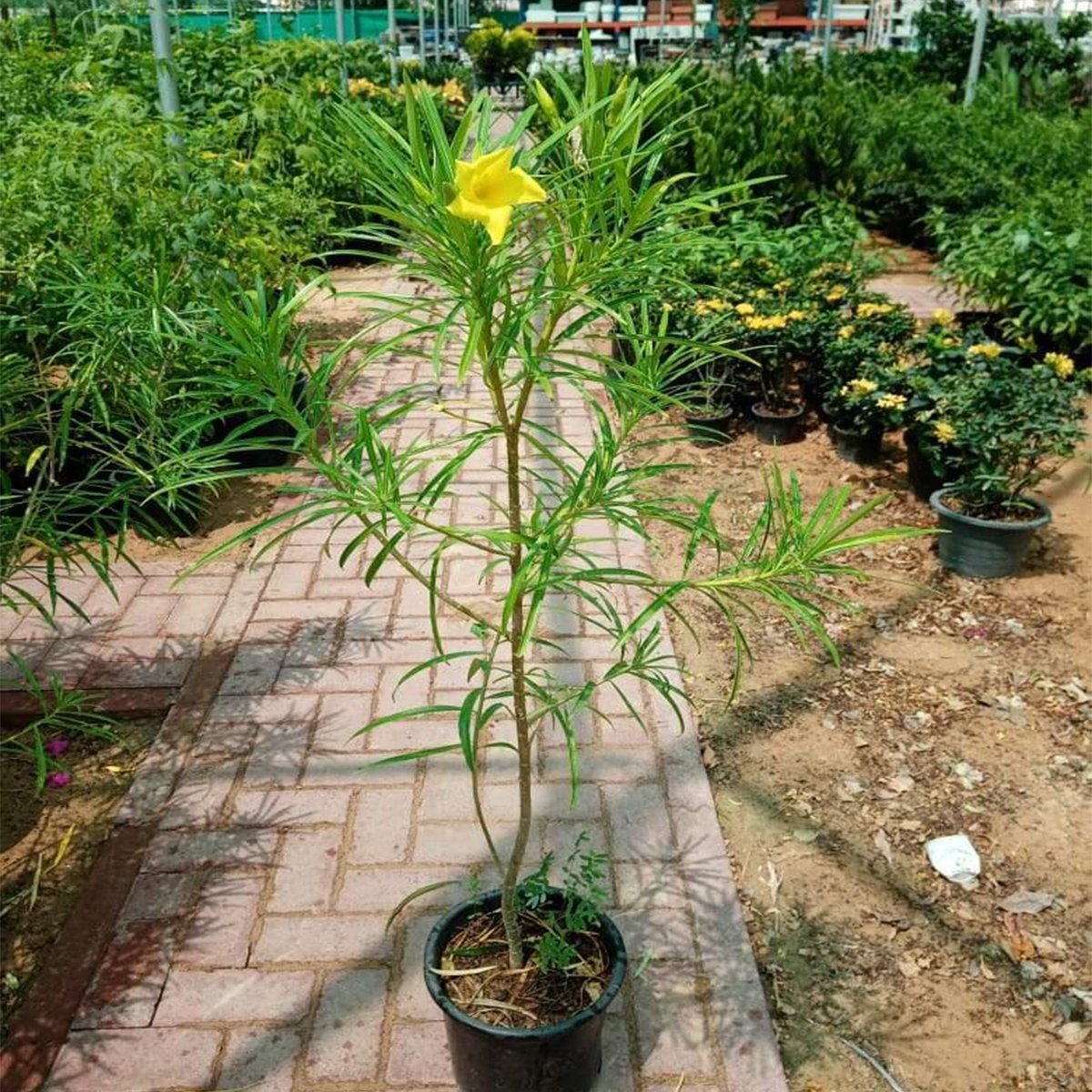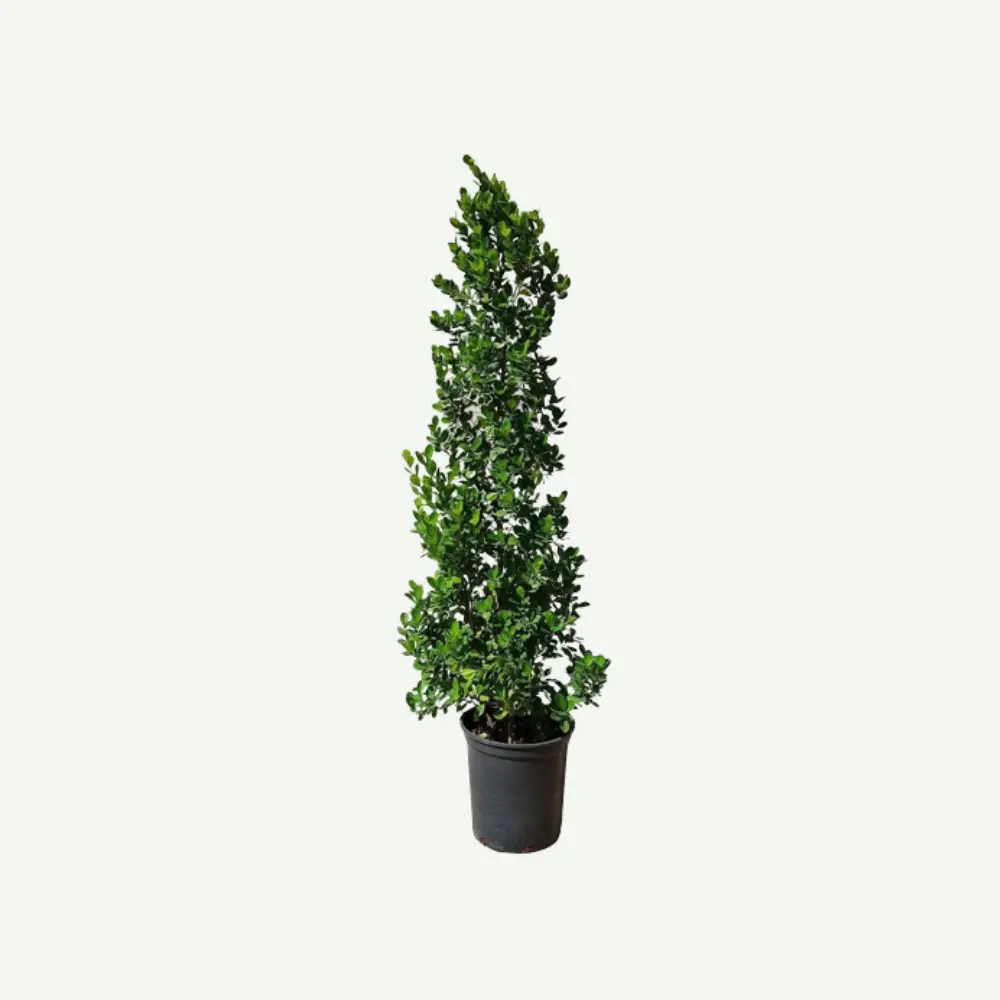Mango, scientifically known as Mangifera indica, is a tropical fruit tree belonging to the Anacardiaceae family. It is one of the most popular and widely cultivated fruits in the world, prized for its sweet and juicy flesh, rich flavor, and enticing aroma. Mangoes are native to South Asia, but they are now grown in many tropical and subtropical regions around the globe.
Landscape Use:
Mango trees are grown for their delicious fruit and are commonly found in orchards and home gardens in tropical and subtropical regions.
They can also be used as ornamental trees in large landscapes, providing shade and adding beauty with their dense foliage and attractive flowers.
Special Considerations:
Mango trees may take a few years to bear fruit after planting, depending on the variety and growing conditions.
Pruning is often done to shape the tree, improve air circulation, and manage its size.
Various pests and diseases can affect mango trees, so regular monitoring and appropriate care are important.
Overall, the mango tree and its delectable fruit are cherished worldwide for their delightful taste and versatility in culinary applications. Whether enjoyed fresh, juiced, blended into smoothies, or used in various dishes, mangoes continue to be a beloved and iconic tropical fruit.
Here’s an overview of the mango tree and its fruit:
Plant Characteristics:
Leaves: Mango tree leaves are simple, lanceolate, and evergreen. They are glossy and dark green on the upper surface, with a lighter green underside. The leaves are arranged alternately on the branches.
Flowers: The tree produces small, fragrant, and creamy-white to pale yellow flowers. The flowers are usually borne in large panicles, and they play a crucial role in pollination to set fruit.
Fruit: The mango fruit is a large drupe with a single large seed (stone) in the center. The size, shape, and color of the fruit vary depending on the variety. Mangoes can be round, oval, or kidney-shaped, and their skin can range from green to various shades of yellow, orange, red, or purple when ripe.
Cultural Requirements:
Light: Mango trees require full sunlight to thrive and produce high-quality fruit. They need several hours of direct sunlight each day.
Temperature: Mangoes are tropical trees and prefer warm temperatures. They can be grown in subtropical regions but may require protection from frost during colder months.
Watering: Regular and consistent watering is essential, especially during the flowering and fruiting seasons. However, mango trees should not be overwatered, as they are susceptible to root rot in waterlogged conditions.
Soil: Well-draining, sandy-loam soil with good organic content is ideal for mango trees. They prefer slightly acidic to neutral pH levels.
Fertilization: Regular fertilization with a balanced fertilizer, especially during the growing season, can promote healthy growth and fruit development.
Top of Form







Reviews
There are no reviews yet.